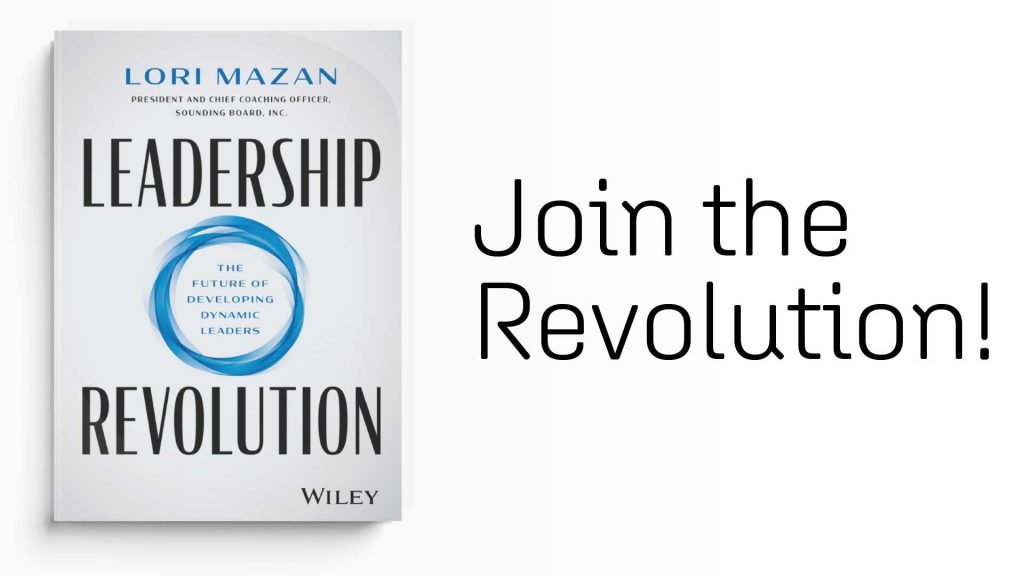Volatility, Uncertainty, Complexity, Ambiguity. That’s VUCA. An acronym. An accurate description of today’s rapidly changing work environment. Leading in a VUCA world takes agility. Keeping up with unprecedented and unbridled change isn’t easy.
But understanding the implications of each VUCA component and learning techniques to cope with it, is a good start. VUCA World describes them as:
- Volatility – intense fluctuations over time.
- The more fluctuations, the more Uncertainty is created.
- Complexity – the number of influencing factors and their interdependence or interaction.
- Ambiguity – even if all facts are available, a conclusion may be uncertain, debatable.
Origins and business world application
VUCA is a term that was coined by the American military in the 1990s. Historically, it seemed like we faced one main enemy. Then the Cold War ended. Since that time, situations requiring military attention have popped up at various sites and times, usually without warning – some might say, in a VUCA fashion.
Today’s business world experiences a similar sort of periodic mutation. Policies and traditions, long-established, continue to evolve on a dime. Sometimes it’s new technology, other times it’s an economic downturn. Right now, it’s COVID-19. And tomorrow, there’s no knowing. Even the best predictions for the future are just guesses. Such is our VUCA world.
Making leadership decisions amid VUCA
Harvard Business Review offers a presentation that helps us better understand how to function and make decisions amid the tempestuous conditions of VUCA. It is suggested that the best way to cope is to consider each component as an individual perspective on the situation requiring a decision.
This approach avoids the possibility of becoming overwhelmed by trying to collectively address all four of VUCA’s aspects at once. Here is our take on the advice and the example offered in the article to illustrate an appropriate decision in relation to each of VUCA’s components:
- Volatility: Unexpected challenges, unstable conditions. Fluctuating prices after a disaster are one example. Devote attention to determining appropriate preventive action. Like stockpiling necessary resources to control expenses, if the action makes sense; the expense fits the level of risk.
- Uncertainty: Be prepared for change, but focus most upon the most likely outcome, based on cause and effect. Though events are uncertain, change may not happen. For example, when a competitor releases a new product, the market status may be upset. On the other hand, the competitor’s product might not be a success. Put your resources into gathering information. Keep on top of the situation. But don’t jump to conclusions or make rash decisions.
- Complexity: Conducting business in many countries is common today, even for smaller companies. Variations in conditions and regulations can be overwhelming. The answer is to build up resources and hire or assign staff members to specifically address the varied laws and requirements across continents, to make certain the company remains in compliance with each.
- Ambiguity: Situations for which no clear precedents exist. Correct actions are elusive even if much information is available. This can occur when launching a product outside your traditional field of expertise. Or offering your products to a new market. Gather as much information as possible. Brainstorm potential scenarios and solutions. Test them. Then go with your gut feeling (see the next section).
VUCA conditions are challenging. But VUCA shouldn’t be seen as an excuse for falling short in your planning and response. Analyzing its components can serve as a guideline for potential ways to focus your response.
The role of intuition
Trying to follow outdated decision methods in a fast-paced, ever-changing world creates stress and delivers inferior results. The evolving status of business and world events makes conventional decision-making by exclusively rational techniques obsolete. In a VUCA world, gut feeling/ intuition are valuable in decision-making.
It’s still important to gather as much information as possible. But great leaders in any era must make important snap decisions based on intuition. This Forbes article references the fact that modern science has proven that our head, heart and gut are interrelated. Each contributes to the way we process information. The wisest decisions, it would seem, are reached by finding a balance between using our head, following our heart, and then making a final decision via a gut reaction.
Making leadership decisions in a VUCA world, involves being open to unbridled thought processes. Loosening up, going with the flow, and making some decisions on the fly are necessary for maintaining mental health and making the best decisions under VUCA conditions.
If at first you don't succeed…the second attempt may produce superior result
Amassing a large amount of information for making rational decisions doesn’t offer the assurance it once did. Conditions are changing so rapidly that the information often has no relevance shortly after the decision has been made. But don’t be discouraged by the need to sometimes start over. Long before the VUCA world began, a man ahead of his time commented:
“Failure is simply the opportunity to begin again, this time more intelligently.” – Henry Ford
Stay focused no matter what happens
Knowing where you want to go is the first step in getting there. Visionary leadership, according to Philip Horvath makes use of four basic concepts, the first two of which are purpose and vision. The actions you and your staff need to take will change continually under VUCA conditions. But you must know what you stand for, and where you hope to be in ten or twenty years. Conditions may be unpredictable and difficult to follow. But the reason your company exists – your goals, values, visions for the company’s future – shouldn’t change.
Leading through VUCA in today’s world
Take a look at work-from-home trends today. Permitting or requiring some staff members to work remotely, when it makes sense, will likely become a permanent fixture in the workforce. Businesses are hiring workers who live in states, even countries, far from headquarters. So, how can company culture and cooperative, efficient production be maintained under such conditions?
Managing hybrid teams through VUCA times is a challenge, but top tips from experts focus on these few ideals:
- Be a role model: Make expectations clear and follow the rules yourself. Be responsible and reliable.
- Acknowledge the situation: Address what will need to be done differently due to the circumstances of remote work. Seek input. Put yourself in the place of staff members when you make requests. Clearly explain assignments.
- Keep communication channels open: Focus on relationship and team building, continue to actively cultivate company culture.
- Recommend a healthy work/life balance: Keep regular hours. Take lunch or exercise breaks. Require responsible job performance but don’t expect employees to be available 24/7 just because they are working from home.
Leading in a VUCA world isn’t simple. But, by becoming agile and solutions-focused, leaders can keep their staff engaged and their companies successful. Learn how to create an agile organization by reading our latest white paper: From Fragile to Agile: The Future of Learning & Development.











